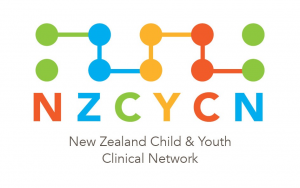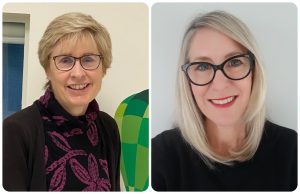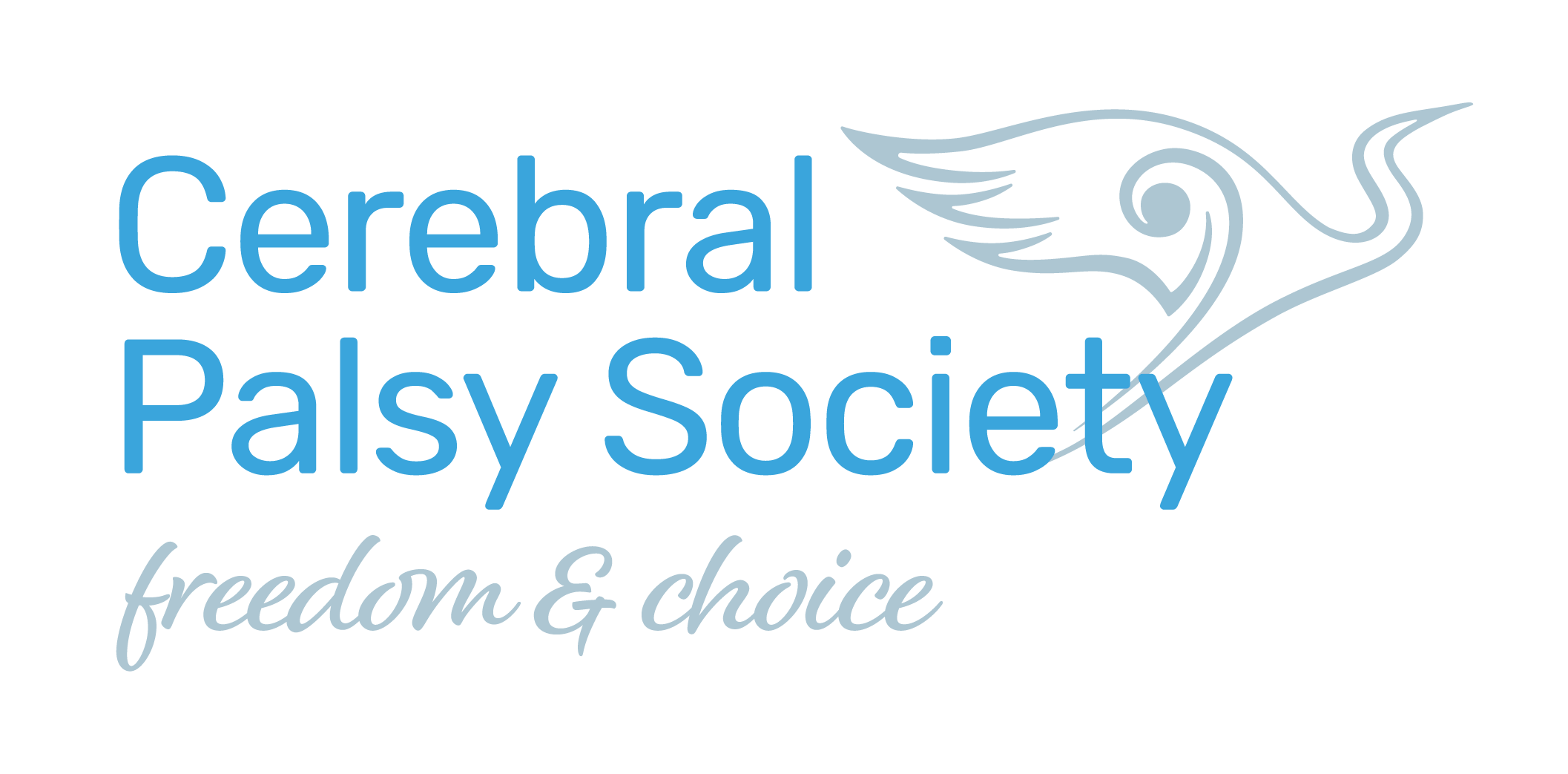NEWS & UPDATES
An introduction to the New Zealand Cerebral Palsy Clinical Network (NZCPCN)
07 Oct 2021
Supporting clinicians to provide high quality, cost effective and integrated Cerebral Palsy programmes to care for tamariki, rangitahi and their whānau is the primary goal of the New Zealand Cerebral Palsy Clinical Network (NZCPCN).

The network is part of the New Zealand Child and Youth Clinical Network Programme, that comes under the auspices of The Paediatric Society of New Zealand, and is funded by the Ministry of Health.

In March 2020, the Cerebral Palsy network signed a formal memorandum of understanding (MoU) with the Cerebral Palsy Society of New Zealand. This partnership provides an on-going strong consumer voice, ensures the network is progressing with plans and direction meaningful to the Society and enables collaboration on development of resources and guidelines.
The Cerebral Palsy network is chaired by Professor Susan Stott with Meg Smith from the Cerebral Palsy Society as the Deputy Chair. Members of the network come from a variety of settings and include consumers, people with experience of Cerebral Palsy, service providers, staff from the Cerebral Palsy Register and a wide variety of health professionals from neonatologists, paediatricians, orthopaedic surgeons, rehabilitation specialist, nurse specialists, and physiotherapists.

New Zealand Cerebral Palsy Clinical Network (NZCPCN) Chair Professor Susan Stott, left, and Deputy Chair Meg Smith from the Cerebral Palsy Society.
The Cerebral Palsy network has developed a number of workstreams to tackle some of the key areas of interest identified by whānau and health care professionals. Our main areas of focus are:
1. The ‘voices’ of people with Cerebral Palsy and participation
The Voices group focuses on engaging with people with lived experience of Cerebral Palsy to see what information they want and how we can support this. A series of videos have been produced which can be viewed on the Cerebral Palsy Society website called Freedoms and Voices that are also on the KidsHealth website. The plan is work with the Early Diagnosis group to develop more whānau-driven resources. We hope to focus on participation and quality of life in the future.
2. Early diagnosis and intervention
The group has developed recommendations and guidelines for early diagnosis and intervention specific to the New Zealand whānau and health professionals. The whānau resources will be available on the KidsHealth website as they are developed. We have developed guidelines for services and health professionals working with whānau to provide best practice in early diagnosis and intervention. This is supported by New Zealand research from the CapTure study. Over the next few months the early diagnosis group will be working with the Voice group and whānau to develop new resources to support health professionals with communicating a diagnosis of Cerebral Palsy to families and give whānau an opportunity to share what an early diagnosis of Cerebral Palsy has meant for them.
3. Cerebral Palsy Register
The New Zealand Cerebral Palsy Register was established in 2014 and is New Zealand’s own register of every person who identifies as having Cerebral Palsy in the country. The Register provides a coordinated data collection system that will increase our knowledge of people with Cerebral Palsy in New Zealand to help with the better planning of health services, compare our practice to overseas experience such as Australia and promote opportunities for research.
You can sign up to the register at any time – just click on this link. The more information the Cerebral Palsy Register can gather, the more we will know about Cerebral Palsy in New Zealand/Aotearoa and how we can provide health care and quality of life for New Zealanders with Cerebral Palsy long–term.
4. SDR and Intensive therapies
This group has developed written material about SDR (Selective dorsal rhizotomy – a permanent neurosurgical operation) specifically for New Zealand whānau which is available on the KidsHealth website. We have created a diagram showing the pathways whānau and health professionals use to access information, assessments and consideration for SDR surgery within the New Zealand context. These will be available on the KidsHealth website as they are developed. Over the next year this group will focus on what intensive therapies look like in New Zealand and what families have accessed in New Zealand and internationally. We will be liaising with the Cerebral Palsy Society for help with this study.
5. Transition into adulthood
The group has recognised the need to increase the information about transitioning from Paediatric Health Care to Adult Services and the complexity of this journey. We have created an international guidelines and resources document for the Starship Professionals website that highlights best practice. We are now creating action points for health professionals to highlight the ‘must do’ to help the transition process. The next project will be the development of family transition resources.
The New Zealand Cerebral Palsy Clinical Network is committed to increasing awareness and education about Cerebral Palsy. The work of the Clinical Networks is available freely on the Starship, KidsHealth and Cerebral Palsy Society websites. We have many more resources as work in progress so please keep checking the sites for new information.

